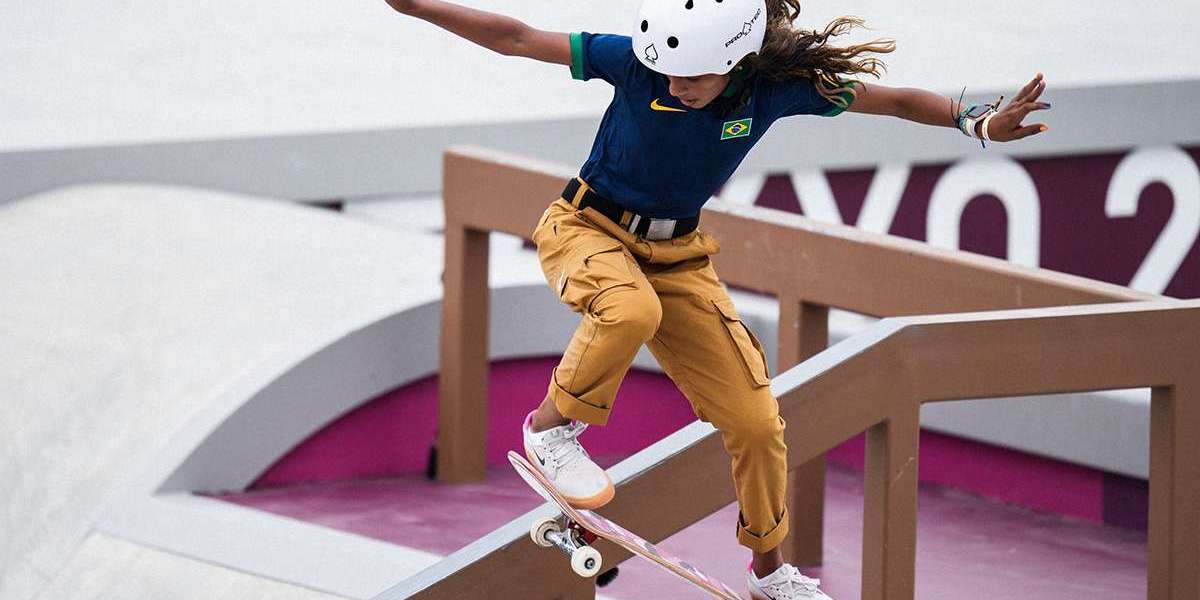Skateboarding, with its rich tapestry of tricks and terminology, can be both exciting and perplexing for newcomers. One term that often raises eyebrows is "fakie." In this comprehensive guide, we'll demystify the skateboarding jargon and delve into what exactly "fakie" means in the world of skateboarding.
Understanding Skateboarding Stance
Before deciphering "fakie," it's crucial to grasp the concept of skateboarding stances. Skateboarders have two primary stances: regular and goofy. In the regular stance, the left foot is positioned at the front of the skateboard, while the right foot is at the back. Conversely, in the goofy stance, it's the right foot at the front and the left foot at the back. Identifying your natural stance is pivotal for executing tricks with precision.
What is Fakie?
"Fakie" refers to a specific stance that skateboarders adopt when riding. In the fakie stance, the skater places their front foot near the tail of the skateboard, and the back foot rests near the nose. This stance is essentially the opposite of the rider's natural or regular stance. So, if a skateboarder typically rides with the left foot at the front in the regular stance, in fakie, the right foot will be at the front.
Differentiating Fakie from Switch
It's worth noting that "fakie" is distinct from another term in skateboarding lexicon – "switch." While both terms involve riding in a non-traditional stance, they differ in execution. Fakie is riding in the opposite stance to your regular, whereas "switch" refers to performing tricks with the opposite foot forward. In essence, fakie is about the rider's overall stance, while switch pertains to the specific trick being executed.
Fakie and Skateboarding Tricks
Understanding fakie is crucial for mastering an array of skateboarding tricks. Many tricks, such as fakie ollies, fakie kickflips, and fakie heelflips, involve executing maneuvers while in the fakie stance. Learning these tricks adds a layer of complexity and creativity to a skateboarder's repertoire, allowing for a diverse and dynamic riding style.
Transitioning into Fakie
Riding fakie can be initially challenging for beginners, as it requires adjusting to an unfamiliar stance. Practice riding in fakie on flat surfaces before attempting it on ramps or transitions. Gradually build confidence by incorporating fakie into your regular skateboarding sessions. The more comfortable you become with this stance, the more opportunities you'll have to explore and master advanced tricks.
Conclusion
In the vibrant and ever-evolving world of skateboarding, understanding terminology like "fakie" is crucial for progressing as a rider. Embrace the challenge of adopting a different stance, and soon you'll find yourself unlocking a whole new realm of tricks and maneuvers. Whether you're a seasoned skateboarder or a curious beginner, incorporating fakie into your skill set adds depth and creativity to your skateboarding journey.







